Solving historic mysteries in central Italy
English Kings and Cardinals in Vetralla's history
During the coronation of King Charles III last May, we got to see the royal pomp and ancient rites of the English monarchy. The spectacle was of special interest to the town of Vetralla which had enjoyed historical ties with the English crown in the past. These ties had been forgotten over the centuries and only a few months ago were re-instated thanks to letters exchanged by the town’s Mayor and Buckingham Palace.
.
When I first came to live in Vetralla in 1993 no one could explain to me why there were two sculpted monuments with obvious papal and English heraldic symbols in the town hall/Palazzo Comunale. One was this large marble plaque which had previously decorated the doorway of the Rocca fortress at the town entrance, but it had been transported to its present site in the early 18th century . Thus it was fortunately saved from certain destruction when the Rocca was hit by Allied bombs in 1944.
photos of the monument by Andrea Natali
The only surviving mention of this monument was that of a local historian, Serafini, who in 1648 wrote “Vetralla was already living under the protection of the King of England when he was a Catholic…the coat of arms attached to the facade of this fortress was raised by Vetrallesi to Pope Julius II, to that King and to Cristoforo English Cardinal in 1512”
A rapid search in books of papal history revealed that an English cardinal named Christopher Bainbridge was in Rome in 1512 representing King Henry VIII, at the first Lateran Council.
The arms carved on the marble plaque have an oak tree (rovere in Italian), symbol of the house of Julius II Della Rovere from Liguria, easily recognized by Italians. On the left are the symbolic animals of the royal English Tudors while the right section holds rare depictions of squirrels and axes and beneath the abbreviation “Chris Card Ang”
I continued researching the mysterious cardinal who local historians of past centuries had mistakenly dubbed Orsovico. In the library at University of London I discovered a book by Dr. David Chambers of Warburg Institute published in 1963 with the hastily photographed Vetralla monument on its frontispiece. A final proof of identity came when the porter at the English College on Via di Monserrato, Rome answered my phone enquiry one hot August day in 1999.
He confirmed that Bainbridge’s marble sarcophagus by sculptor Marini conserved in the College chapel had a stemma decorated with squirrels and axes !
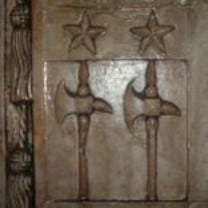
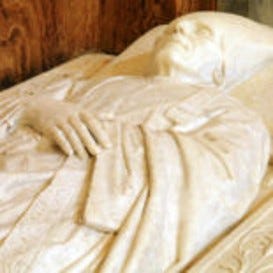
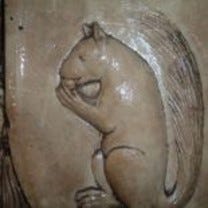
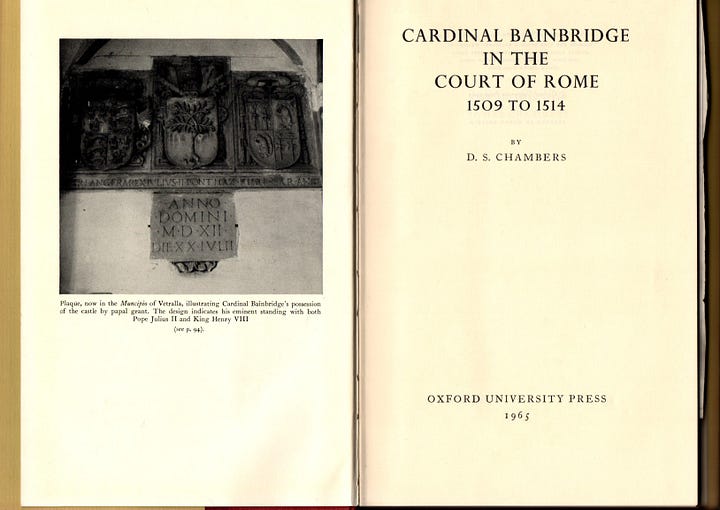
One of the biggest joys for an historian and researcher is to uncover new material, that confirms that our hunches are true historical facts, and to meet people like Dr. Chambers along the way. In 2003 Chambers sent me this note telling of his experience photographing the monument for his scholarly book “Cardinal Bainbridge in the court of Rome”:
“Thank you so much for bringing to the Warburg your attractive and interesting libretto about Vetralla and its English connections. I am glad you have come across my book on Cardinal Bainbridge. It is over 40 years since I went to Vetralla (quite a long walk from the station I remember, on a warm summer day ) to make a photograph of the Bainbridge-Julius II-Henry VIII plaque in the Municipio. Just when I had done and was folding up my tripod, some sort of civic policeman came running up the stairs to apprehend me. I don’t know why they thought it was some sort of military secret?!”
Vetralla’s archives had been stripped of precious documents over centuries of war, invasion and unrest, but Chambers was able to uncover correspondence between the Papacy and young Henry Tudor in the archives of Ferrara. Henry had been king for 3 years and Defender of the Faith when in 1512 he made an agreement with the Pope sending Christopher Bainbridge to Rome as his ambassador. Julius II welcomed the prelate at his castle in Ostia Antica to work out an alliance and he also sent gifts to the English king including one hundred wheels of Parmesan cheese and many barrels of wine!
On October 4, 1511 the document for a Holy League that included England was signed and in gratitude the Pope granted Bainbridge the castle and town of Vetralla-a place of such importance in the Patrimony of St. Peter that it could only be entrusted to a cardinal of proven trust such as the various Cybo, Farnese, diVico and Borgia cardinals who had preceded the English cardinal.
Bainbridge made good use of his jurisdiction over the town for he wrote in a letter to Henry VIII in 1513 that he had imprisoned two traitors in the castle.
The story of Cardinal Bainbridge in Vetralla has an unhappy ending…. which I will write about in next week’s post. Today we are busy with the olive harvest -here are a few photos :
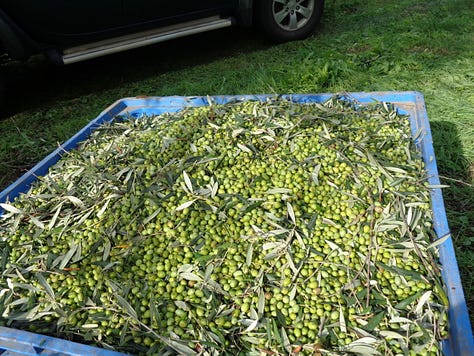
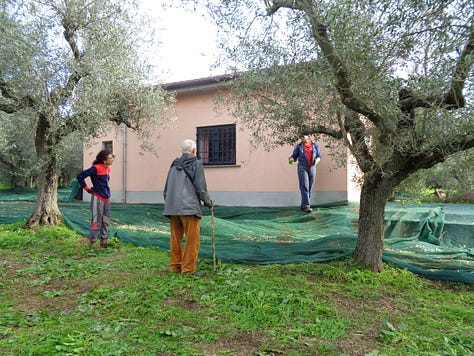

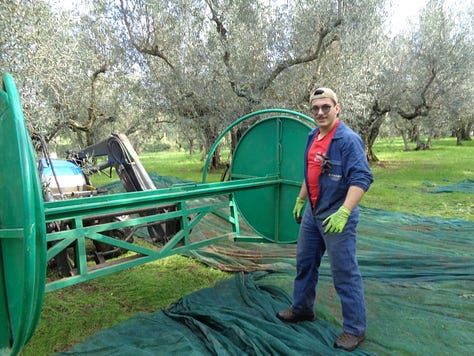
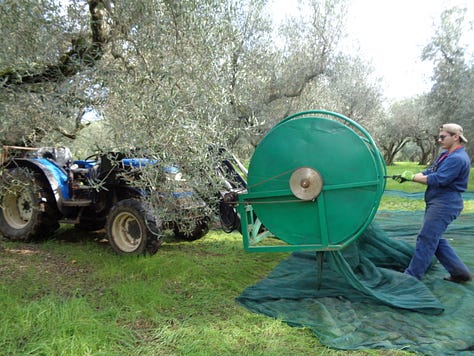
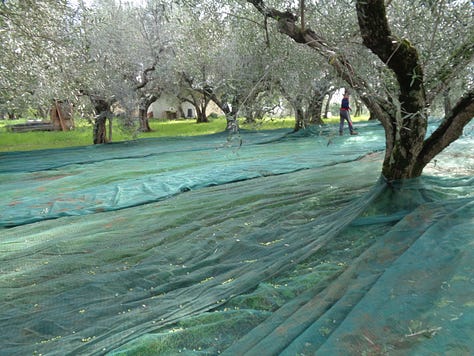
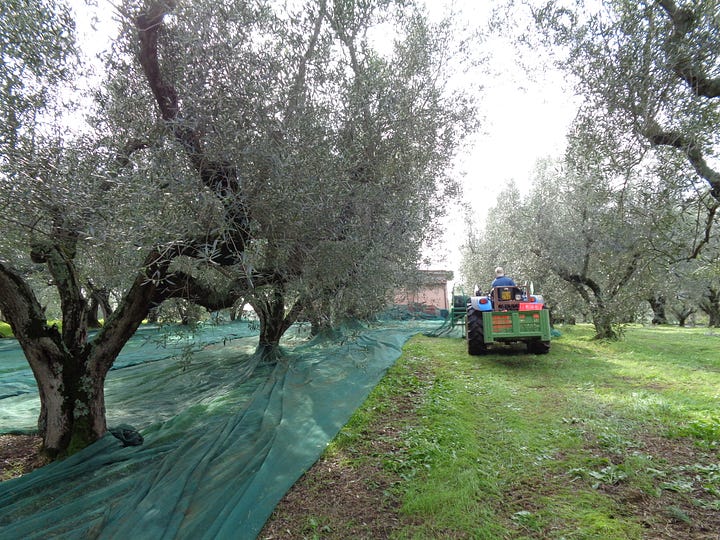
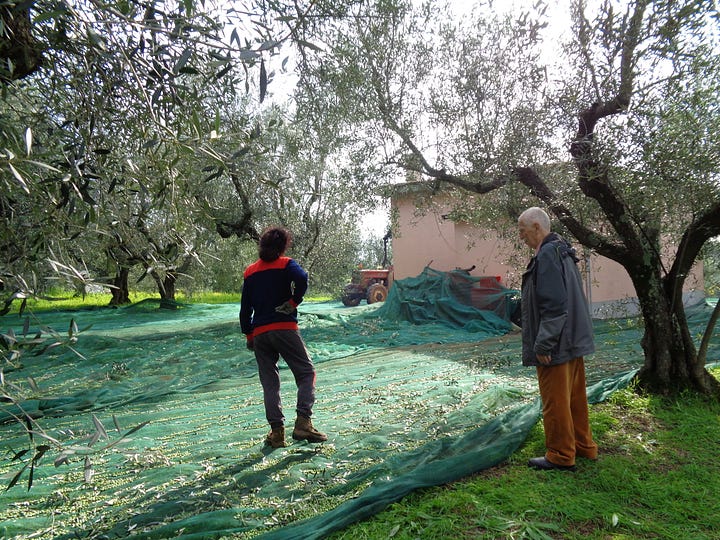
note the amazing invention of Aldo - who helps harvest our olive trees! Nets of 50 meters are rolled up by this wheel, transported to where they are needed, unrolled and the olives are collected in every part of the olive grove.
If you are nearby-Sieti vicino a Vetralla ? Mark your calendar for Dec 6th Friday afternoon for a talk in the local Biblioteca on this subject of the town’s little known English connections. There is a youtube video that brings you inside the City Hall to see the monument up close.
In the past, during COVID, I was invited to do ZOOM talks on various similar subjects connected with history, literature, art, Italian lifestyle for groups in Capetown, South Africa and universities in New Hampshire and Massachusetts .
I also gave virtual seminars (using green screen) aboard The World, a luxury residential ship traveling the high seas and during the past 16 years I have given enrichment talks aboard small luxury ships. Thanks to technology there are many options. Contact me - perhaps we can do similar seminars in any part of the globe, organized by your group.
Click on underlined links to discover much more. Arrivederci alla prossima !


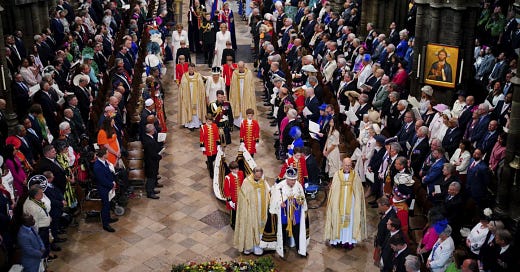



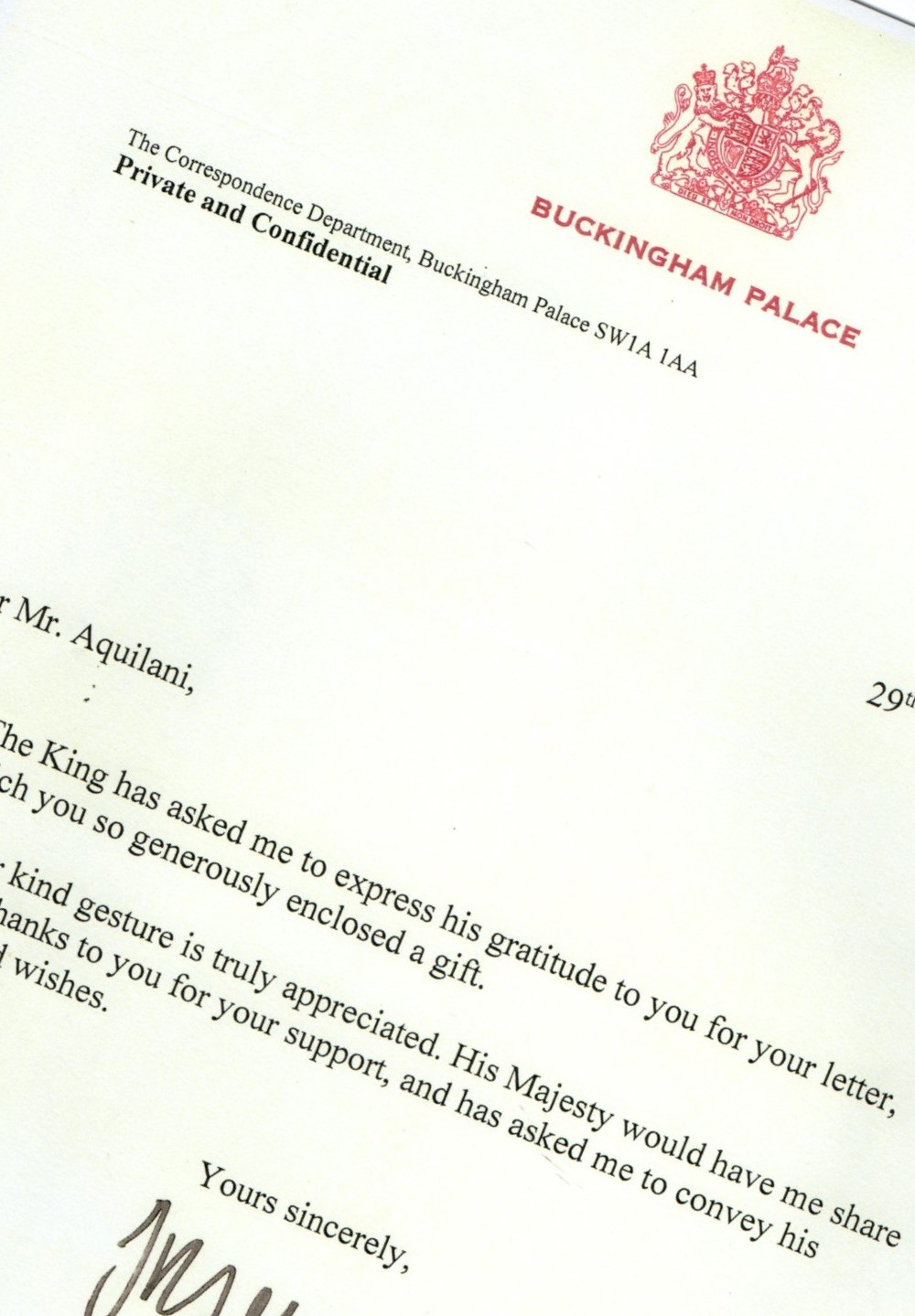
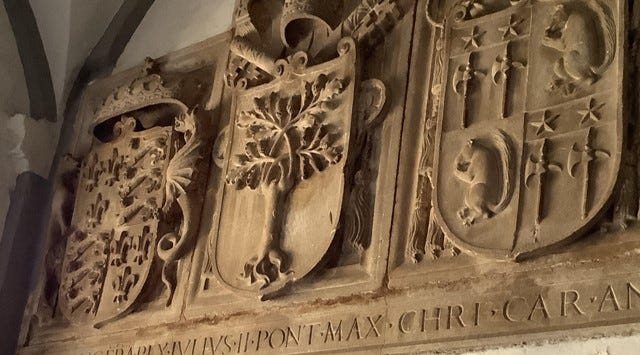
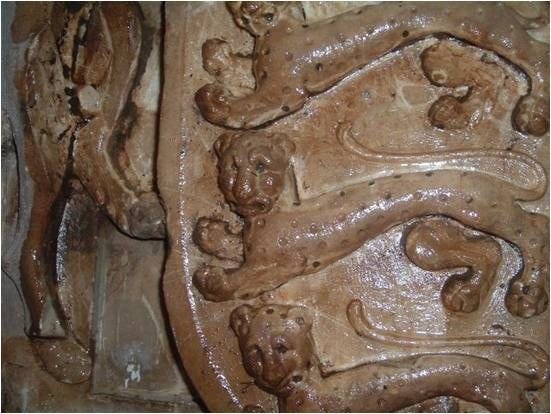
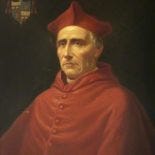
Mary Jane- Thanks so much for sharing this. I think this part to be especially interesting: "Just when I had done and was folding up my tripod, some sort of civic policeman came running up the stairs to apprehend me. I don’t know why they thought it was some sort of military secret?!” That must've been such a surprising feeling to have at the time! Enjoyed this piece. Hope you're well this week? Cheers, -Thalia
we never stop learning... rovere is a type of quercia...dont ask me the difference... oak in its many forms... the story of Bainbridge gets gory but he wasnt such a saint either. They were rough times with Henry looking around for new wives, spies, power struggles and changes in religion... -